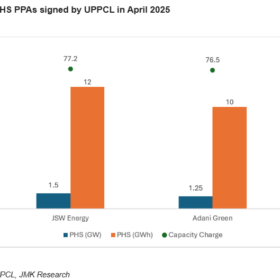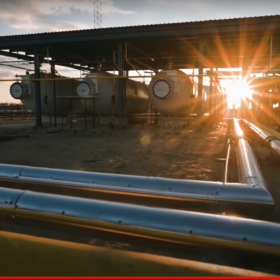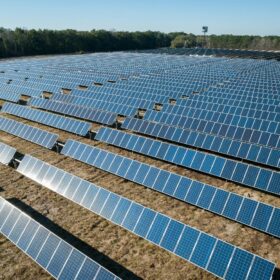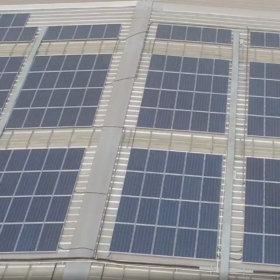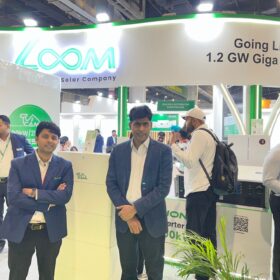Falling prices, rising geopolitical risks define energy storage scenarios
Experts speaking at the upcoming NetZero Milan Expo-Summit 2025 have told pv magazine that lithium’s rising competitiveness is pressuring emerging chemistries like sodium-ion, as the market shifts from incremental gains to larger cells that could reshape enclosure design.
Taiwan proposes mandatory solar for new buildings
The Taiwanese government has proposed new rules requiring PV installations on most new, expanded, or renovated buildings. The draft standards aim to boost renewable energy and decarbonisation by setting minimum solar capacity requirements, with potential exemptions for insufficient sunlight or technical issues.
Malaysia introduces rooftop solar aggregation scheme
Malaysia’s first rooftop aggregation initiative for solar systems is now live. The program allows homeowners to lease or rent their rooftop for solar generation, with the electricity produced sold to commercial and domestic customers within a 5 km radius.
Uttar Pradesh approves 22 GWh of pump hydro storage in April 2025
In April 2025, Uttar Pradesh (UP) became the latest state to enter the pumped hydro storage market by signing power purchase agreements (PPAs) for a cumulative capacity of 2.75 GW/22 GWh (8-hour solution).
Existing state-level policies could unlock $61 billion in incentives for green hydrogen in India
Power-related incentives worth $38 billion account for 63% of the total state-level support potential for green hydrogen.
The opportunity for Indian solar firms amid U.S.-China tariff war
While the tariff war between the U.S. and China presents challenges to global trade stability, it also opens up opportunities for Indian solar firms. Through strategic alignment, domestic policy support, and favorable international positioning, India stands to strengthen its role in the global clean energy supply chain.
U.S. Commerce Department slaps unexpectedly high tariffs on solar imports
Coalition trade lawyer says the U.S. Department of Commerce’s final tariffs on solar cells and modules from Cambodia, Malaysia, Thailand and Vietnam are among the highest rates he’s ever seen.
IEA’s World Energy Outlook systemically underestimates solar PV development
Since 1993, the World Energy Outlook (WEO) of the International Energy Agency (IEA) has been an authoritative report on energy statistics and guiding future energy supply and demand developments. An examination of these reports, however, indicates that even the most progressive of WEO scenarios has vastly underestimated the growth of renewable energy technologies, especially solar PV.
India’s installed rooftop solar capacity expected to reach 30 GW by FY27
India’s installed rooftop solar capacity will reach 25–30 GW by FY 2027 from 17 GW in FY 2025, according to CareEdge Advisory & Research.
India’s solar exports face new U.S. tariff hurdles but are expected to stay competitive
India’s solar exports vis a vis other countries could still continue to remain competitive, though the margins could take a marginal hit.



